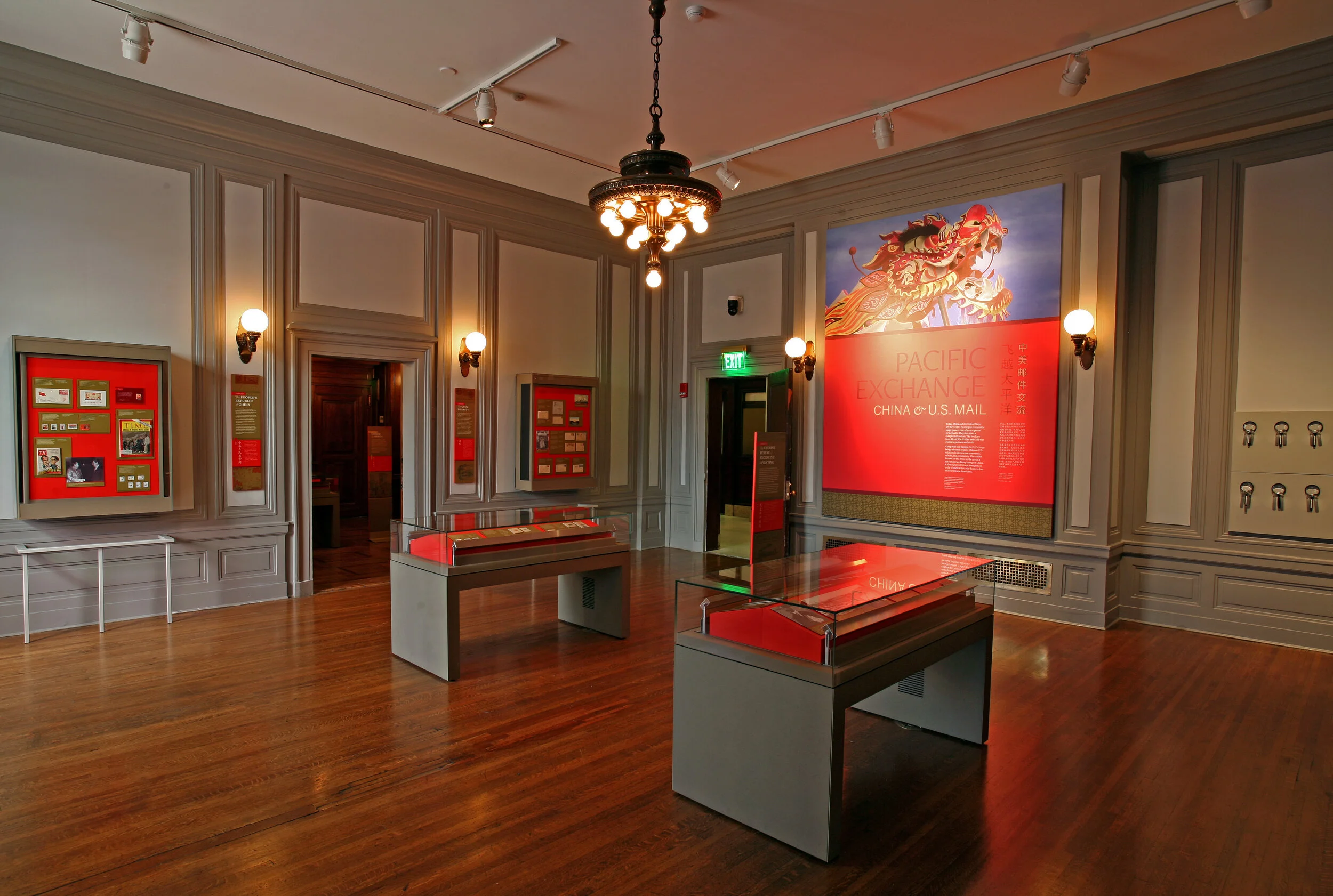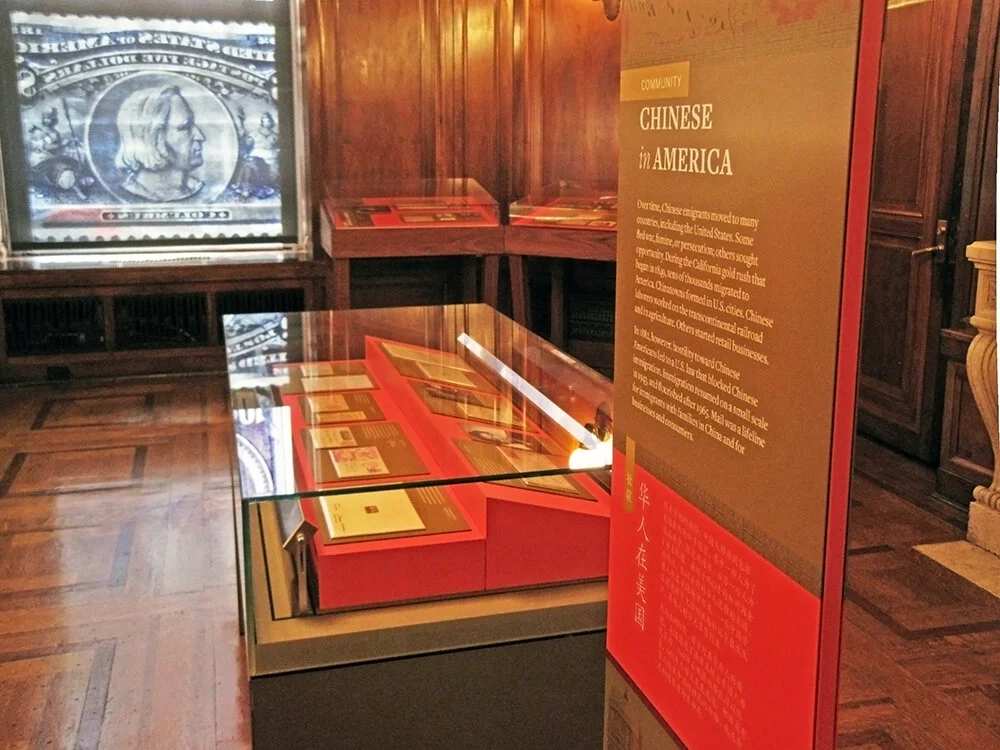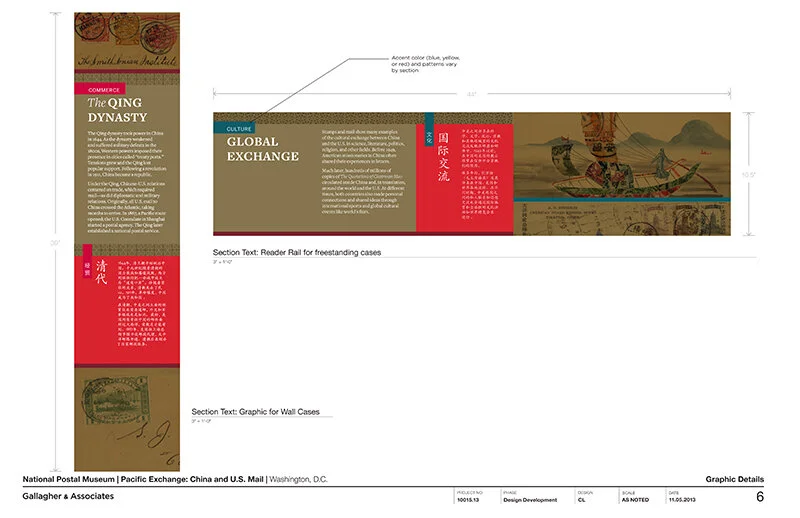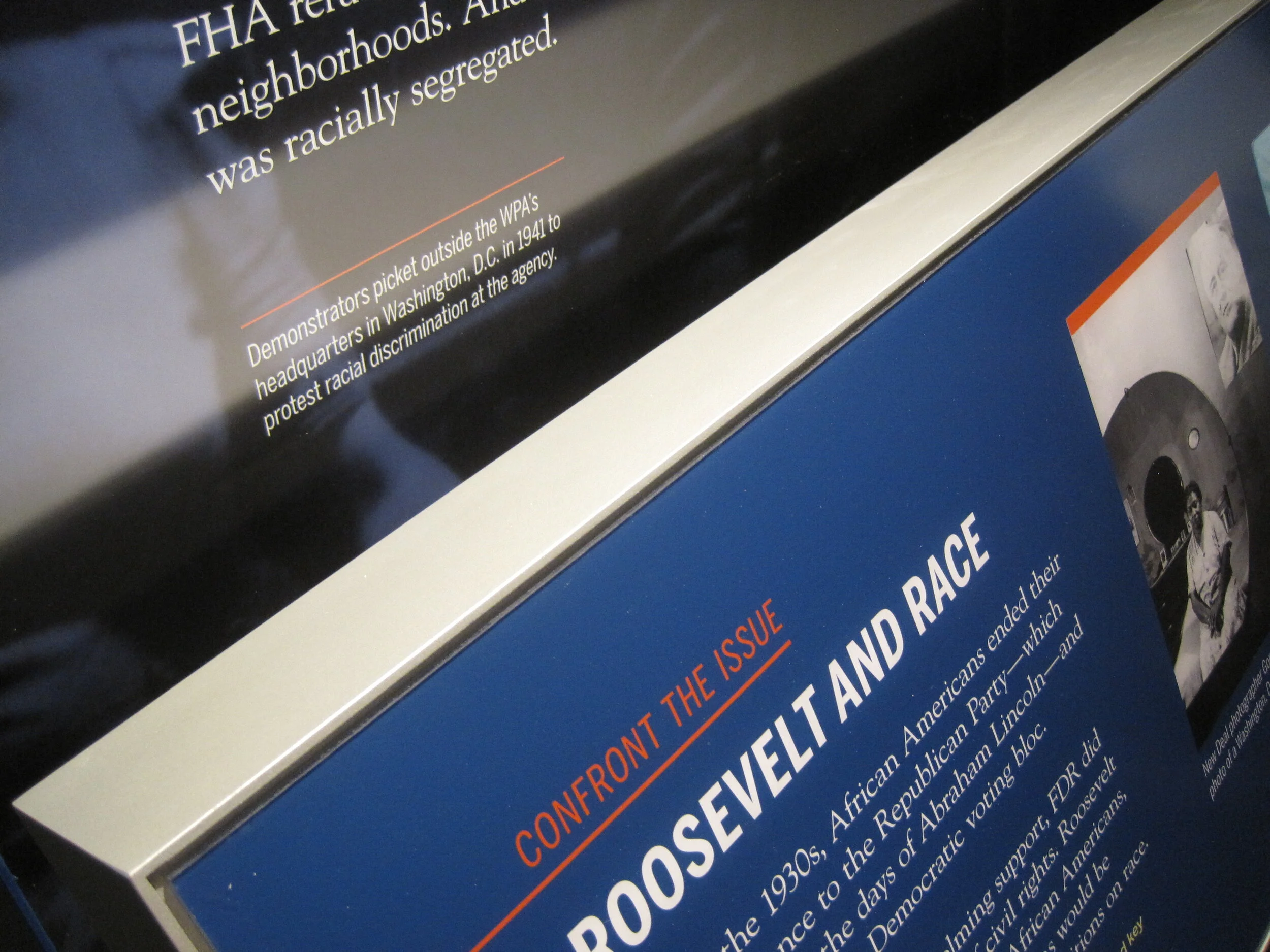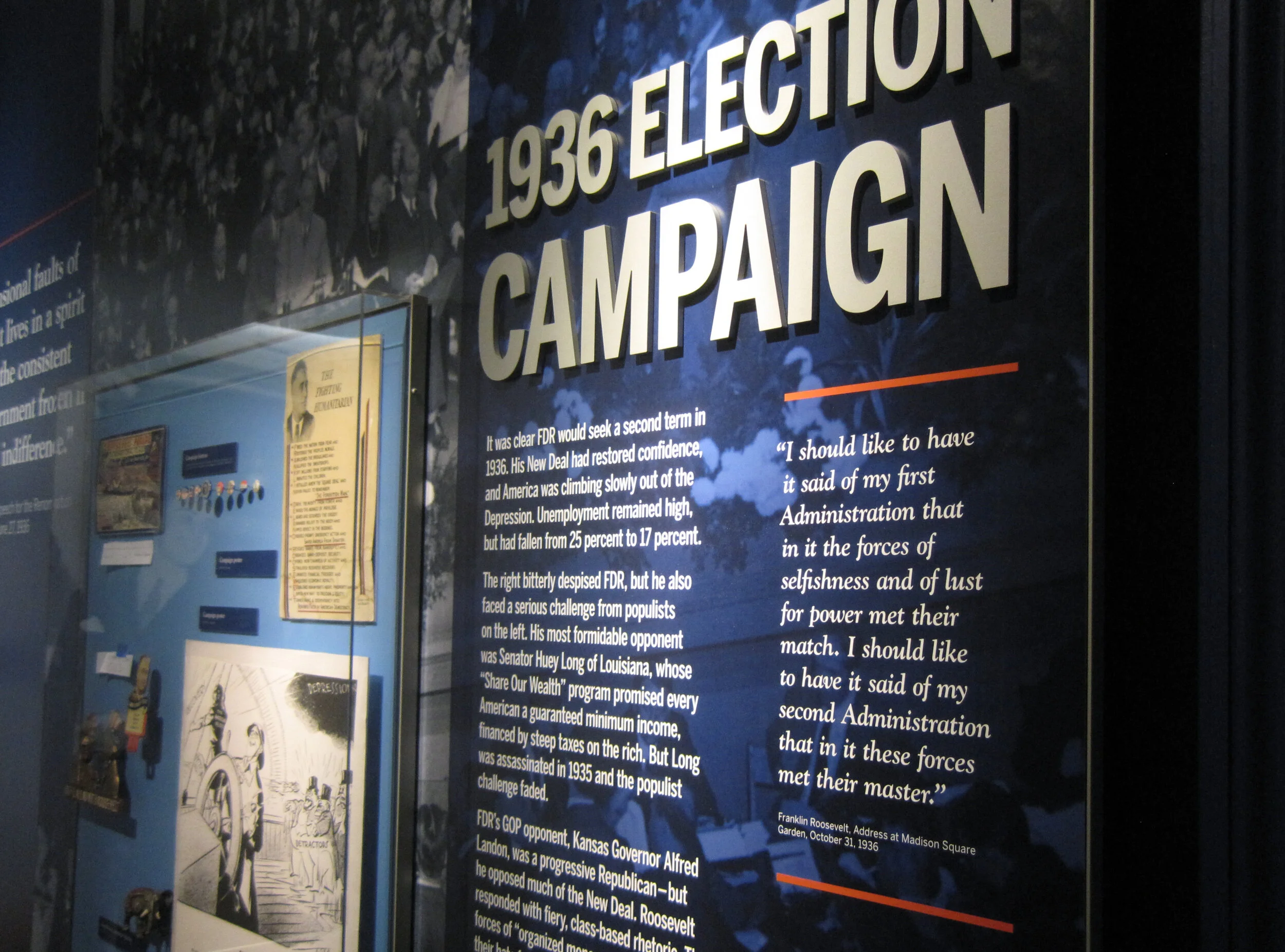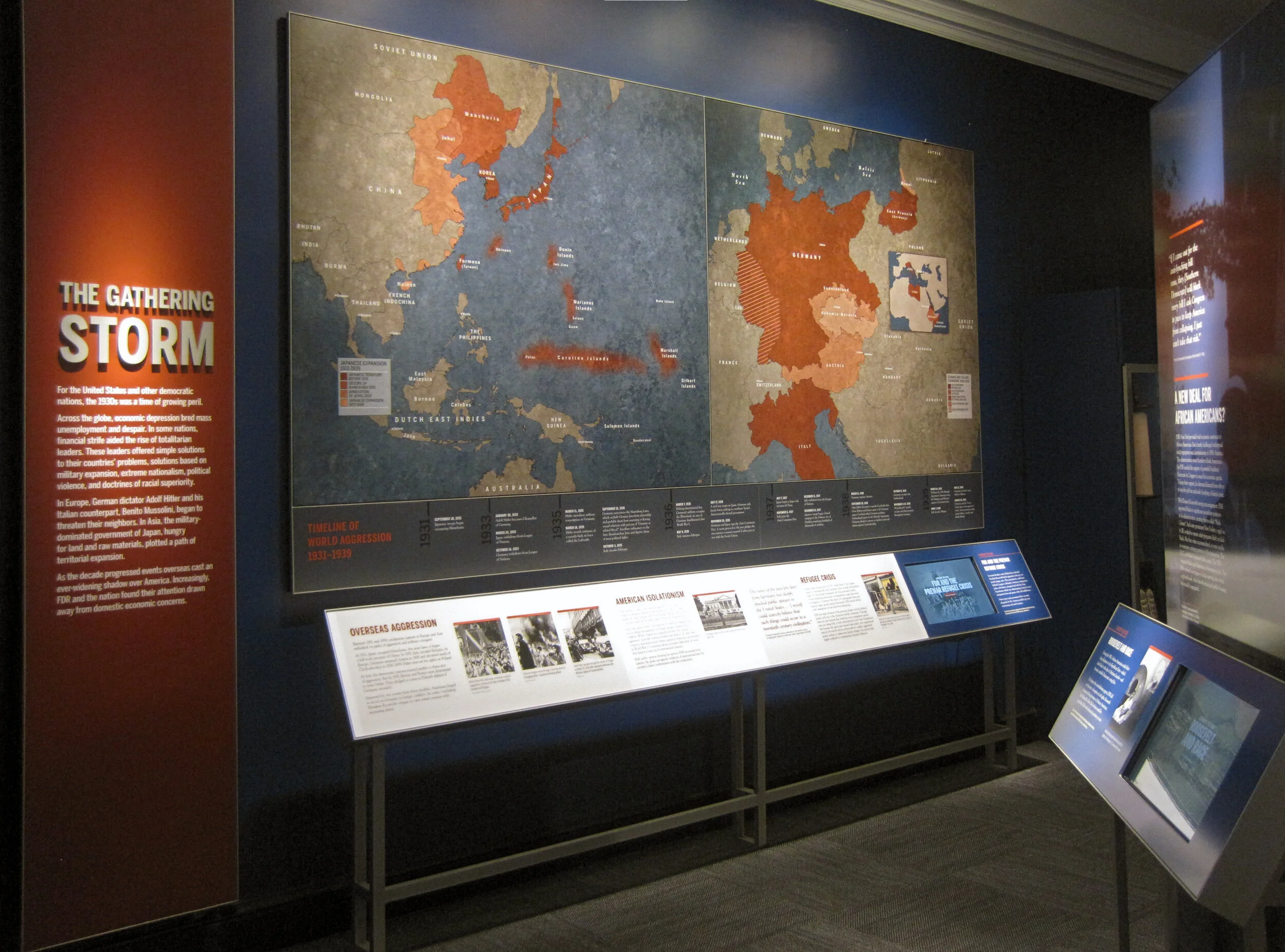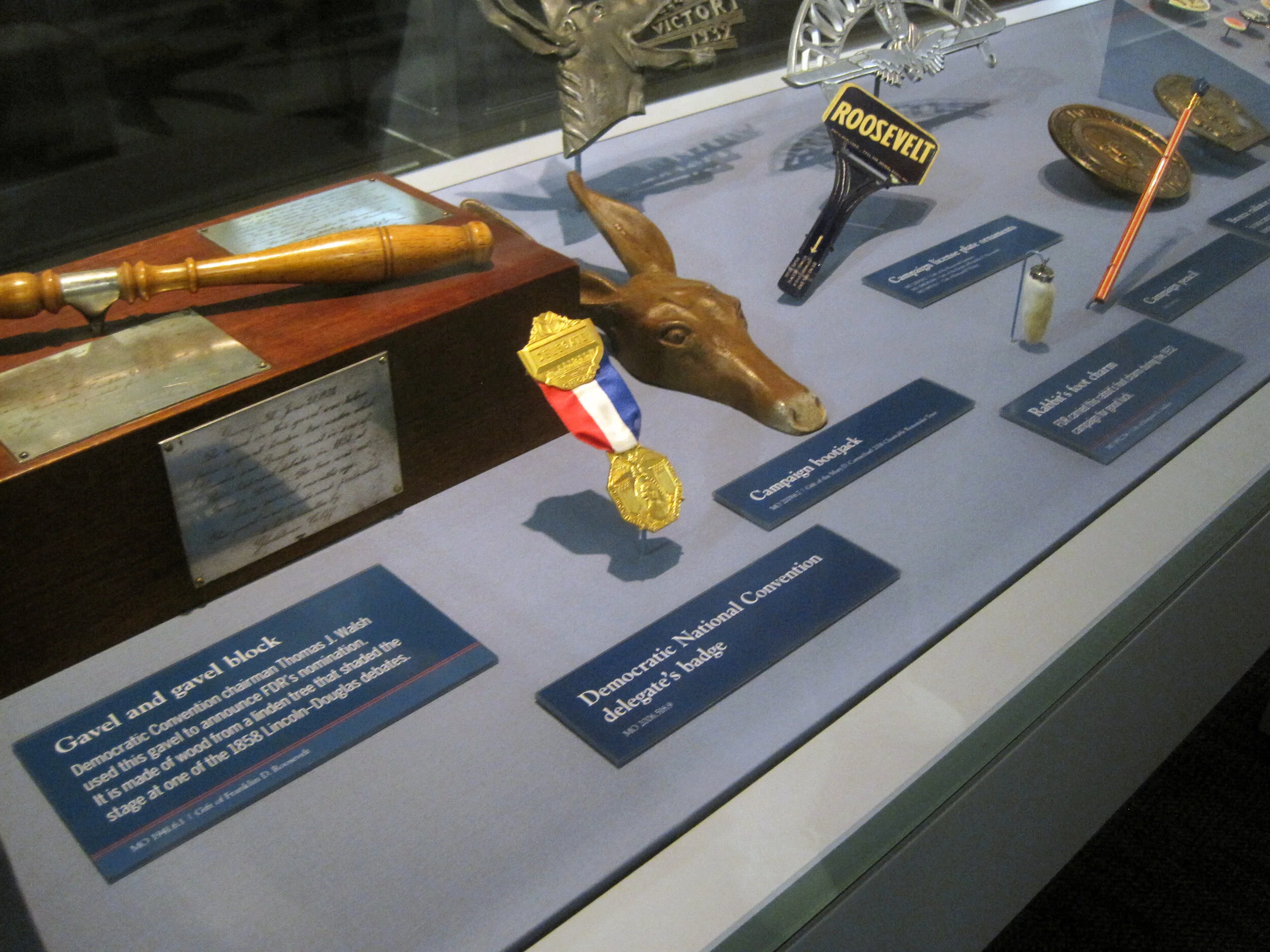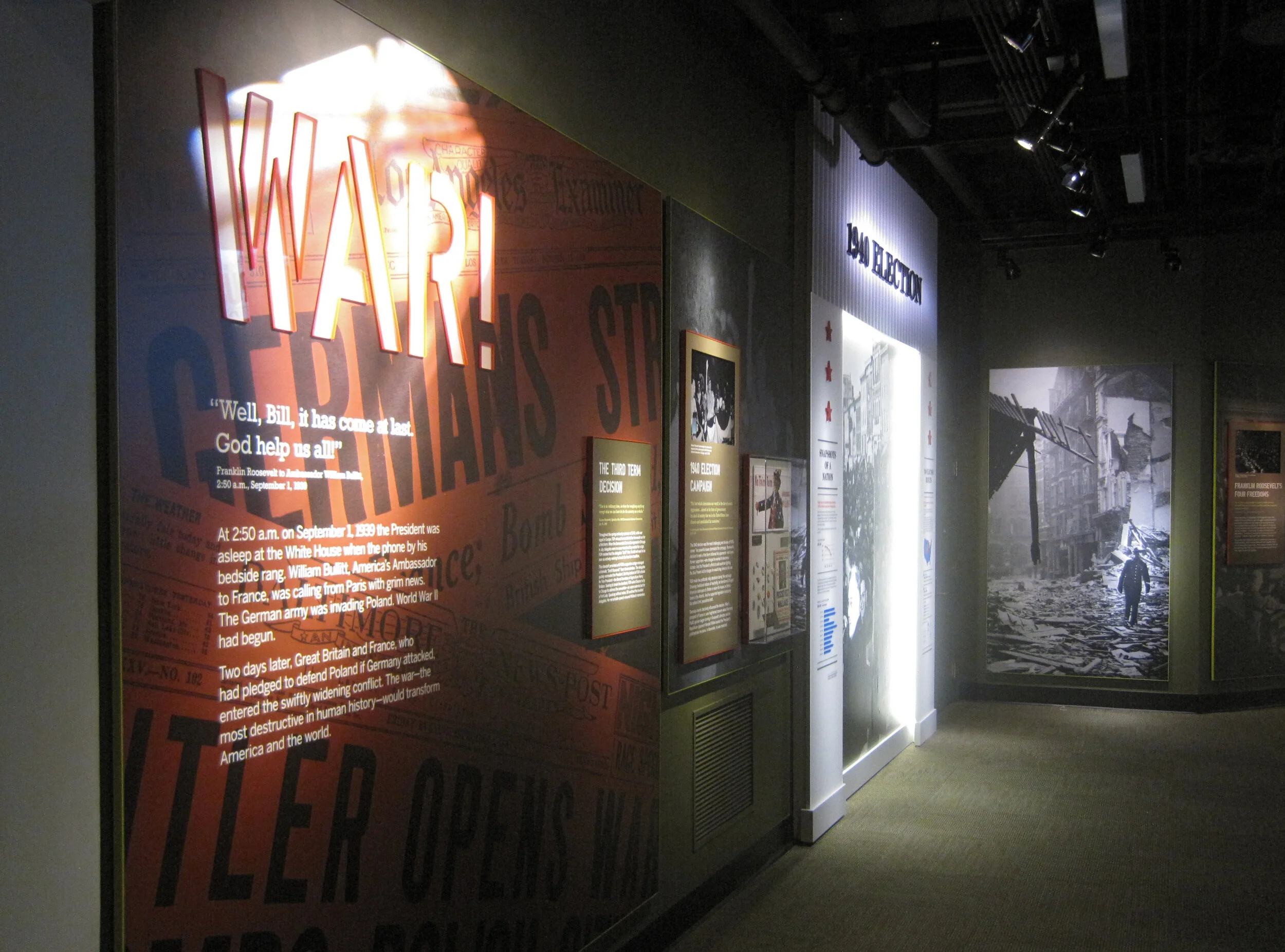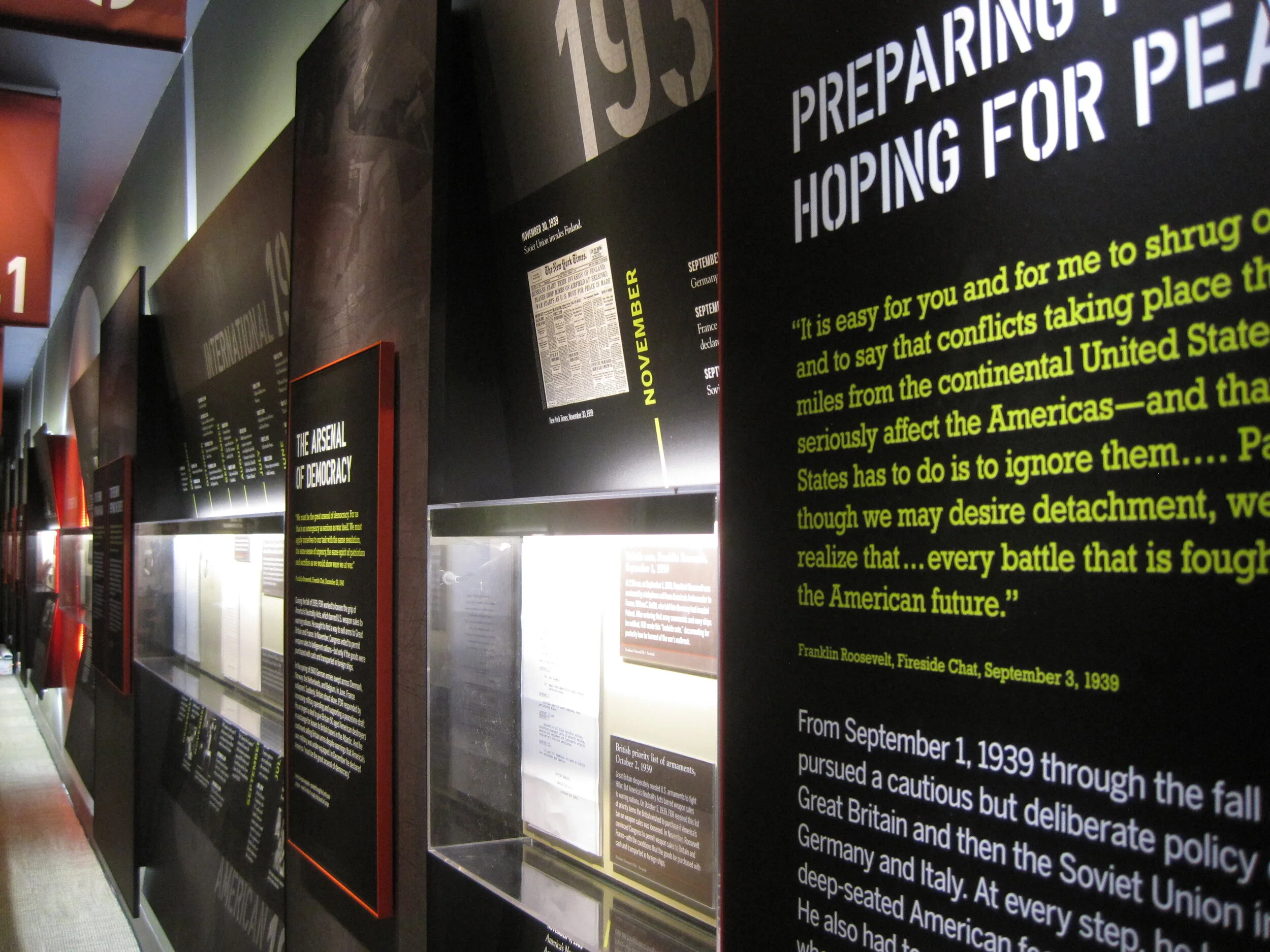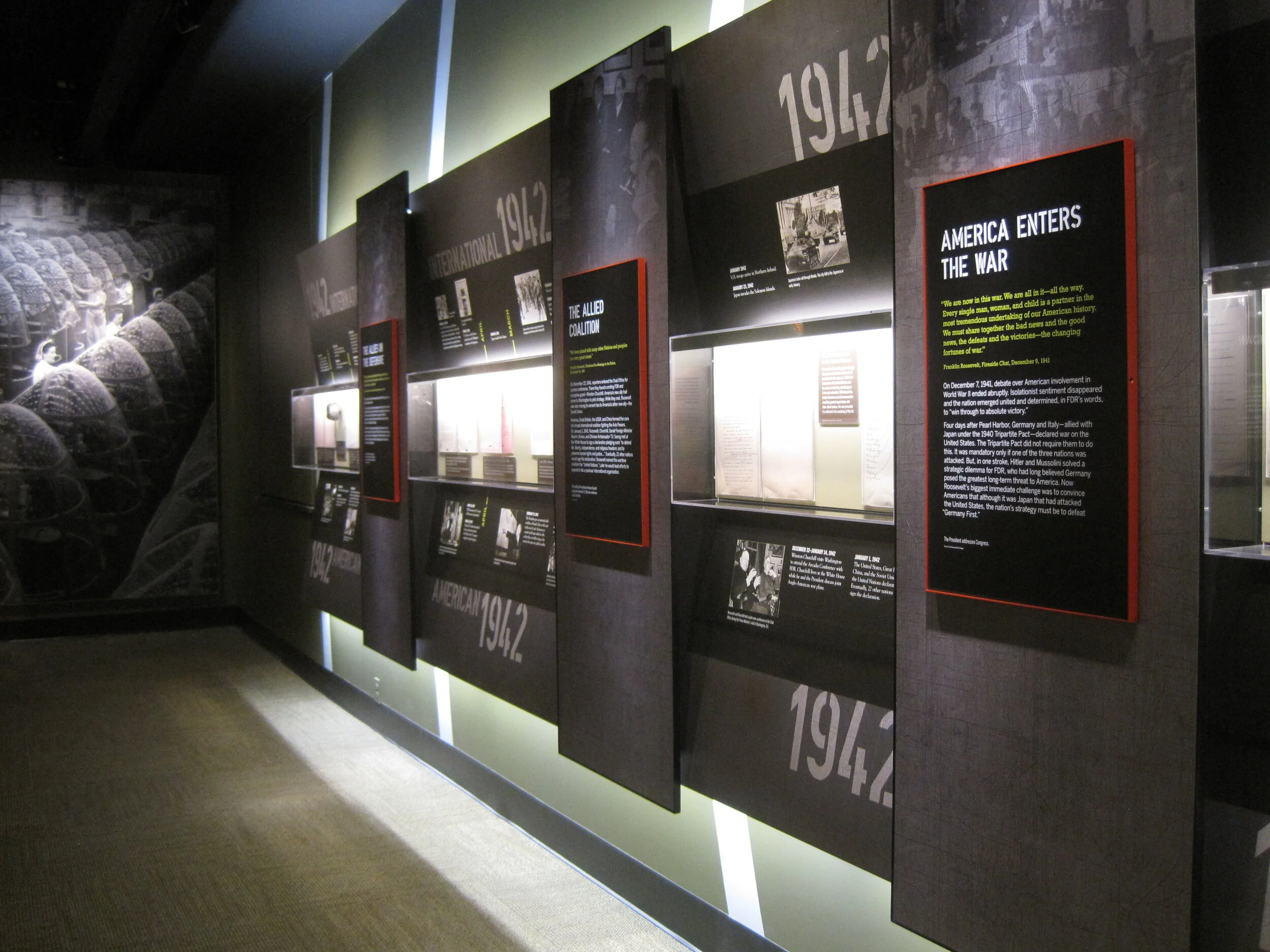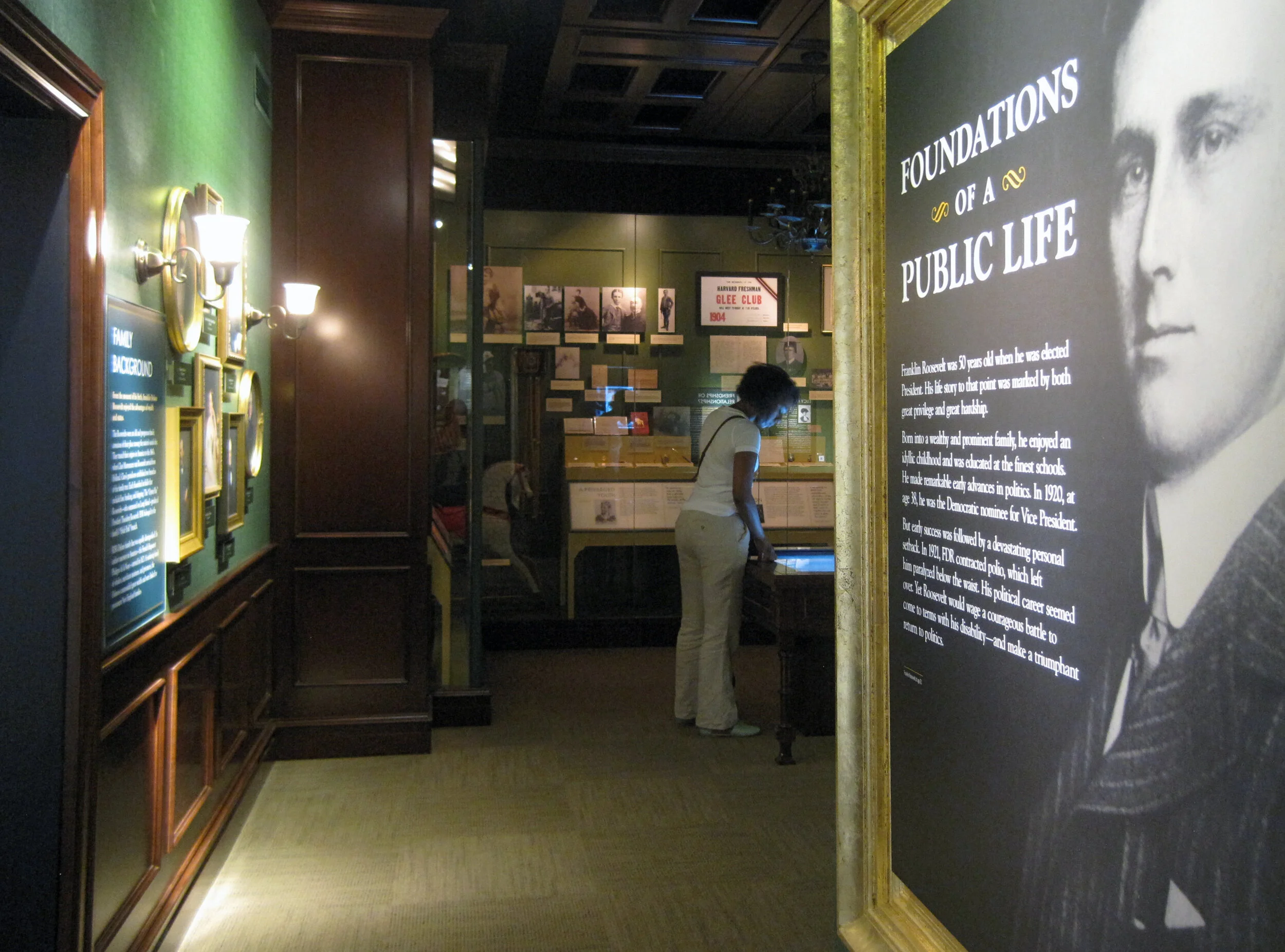The exhibition I designed for the Smithsonian’s National Postal Museum, Freedom Just Around the Corner: Black America From Civil War to Civil Rights, opened yesterday!
Last night was its reception, with all expected fanfare including ribbon cutting and speeches, cocktails and finger foods. It was all quite nice — I do love exhibit openings. Here are some photos of the reception; thank you to photographer Bruce Guthrie for sharing them.
Alongside the exhibition, I designed the catalogue, postcard takeaway, special postal cancel, and exterior banners. (Photos of the print design can be seen here.)
The women working the USPS table — who were selling commemorative stamps and giving commemorative cancels — heard that I was the designer and I ended up signing some books.
And, some photos of the exhibition. More photos can be seen, here.
Post updated in January 2021. This post was originally published at theexhibitdesigner.com on 13 February 2015. This updated post was combined with a similar post originally dated 19 February 2015.
















